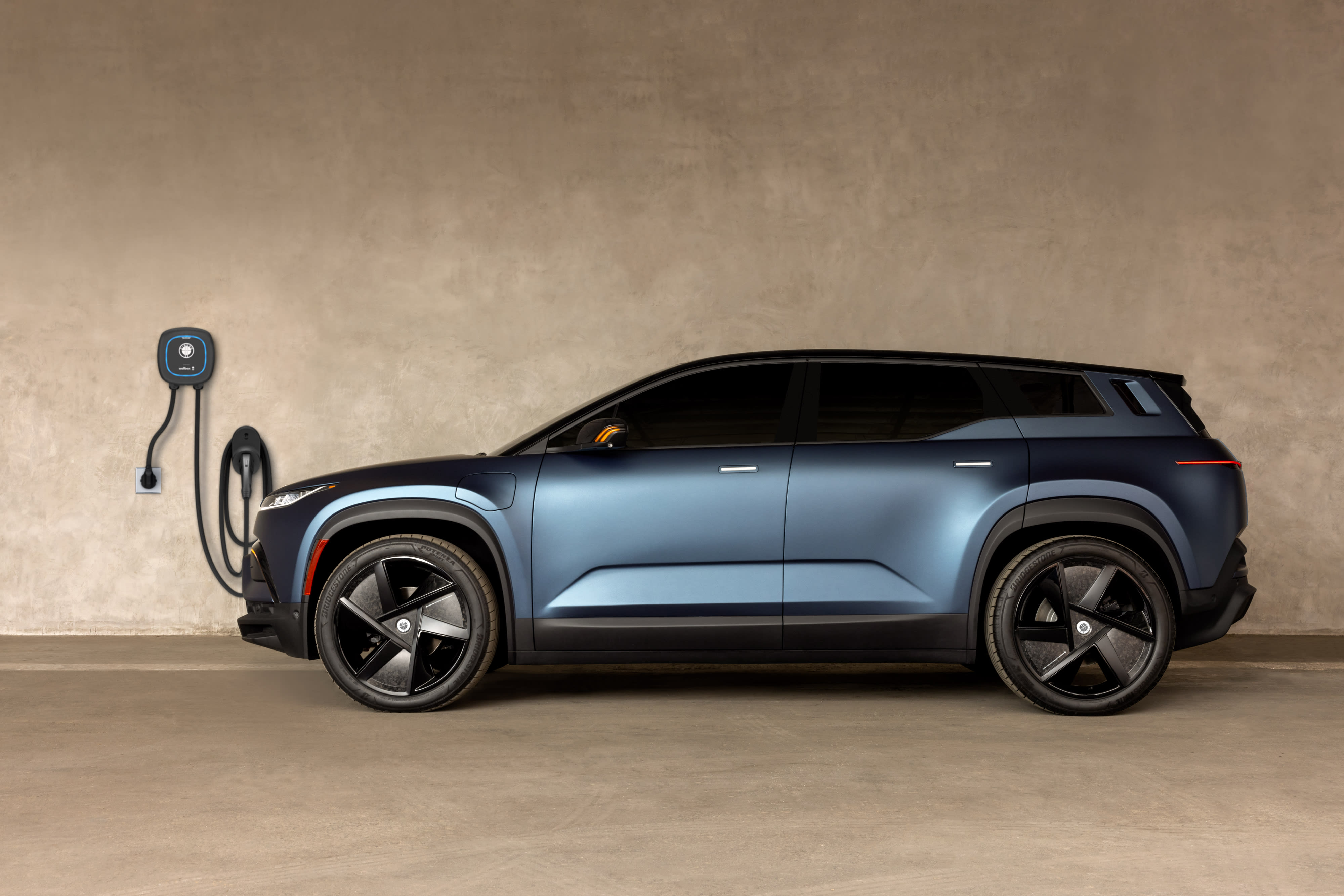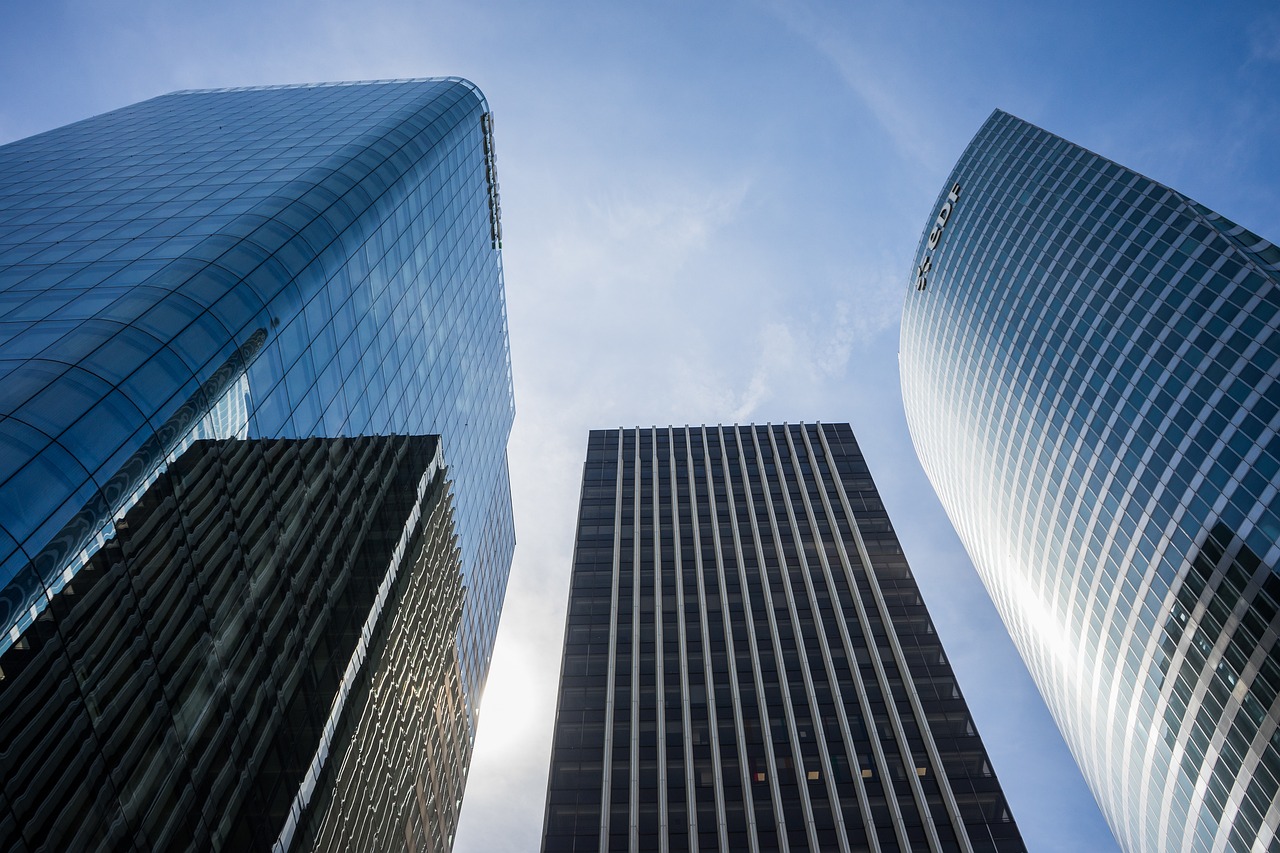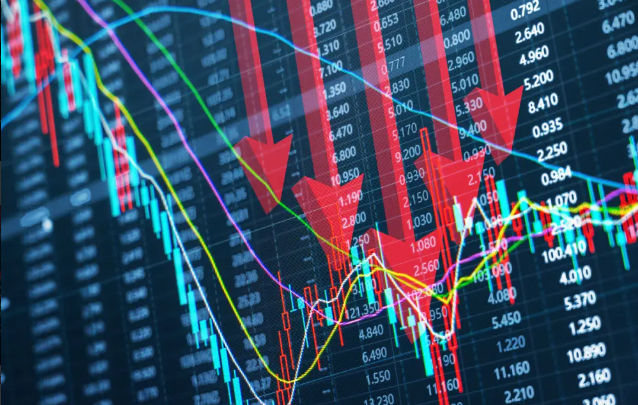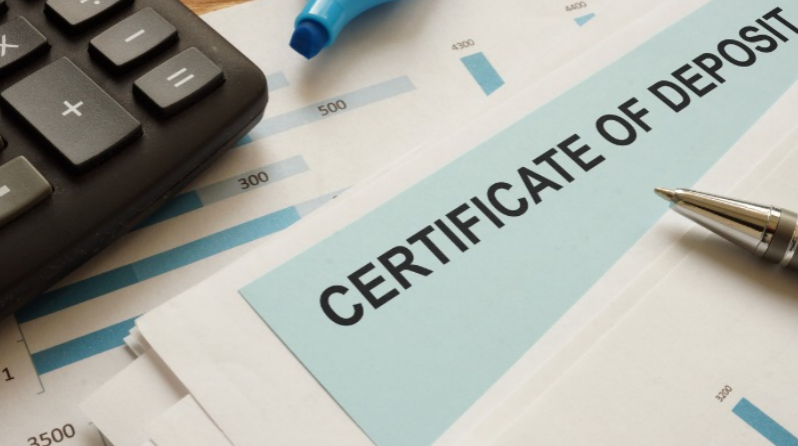How to allocate assets?
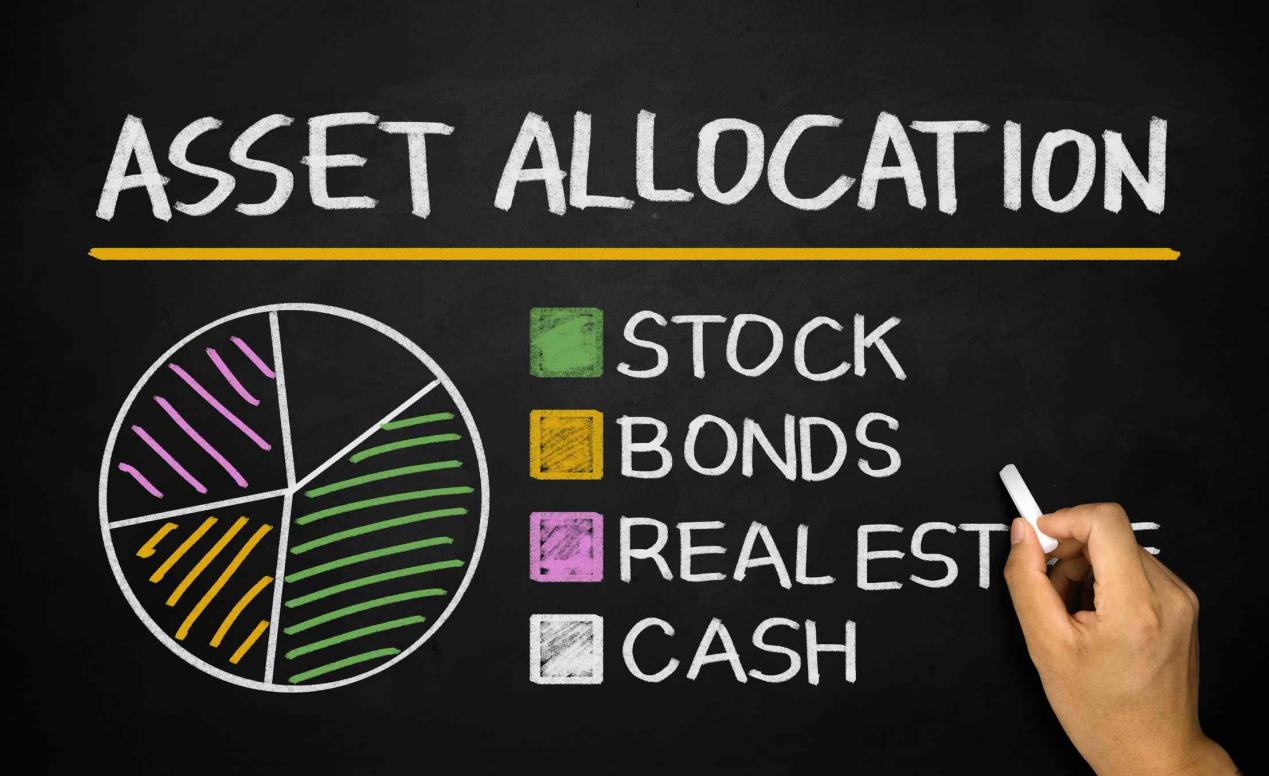
The risk in a single stock and a single asset is substantial. Don't we support it? This is absolutely impossible. There must be a drop in the revolutionary spirit of how bold people are and how productive the land is. As investors, we certainly want low investment risk + high expected return, but this goal is obviously irrational because there is no such free lunch in the world.
If the purpose of investors is to achieve an appropriate return matching the risk under the condition of controlling and reducing the risk, it is entirely achievable. Global asset allocation is the [almost free lunch] to achieve this goal.
As early as 1952, Professor Markowitz, the founder of modern portfolio theory (mean-variance portfolio), told us with elegant mathematical formulas that diversification can reduce the overall risk of the portfolio and even increase the overall return of the risk-adjusted portfolio.
In short, Professor Markowitz told us: through reasonable asset allocation. We can achieve the effect of "1 + 1 > 2". For example, when we make cream lasagna, the right thing to do is to add one layer of cream to one layer of cake so that one layer after another can make a delicious cream lasagna. Bread and cream are two unrelated ingredients, and a simple and reasonable combination can make a human delicacy. But if you're like me, first spread ten layers of pancakes and then apply a few pounds of cream on top.
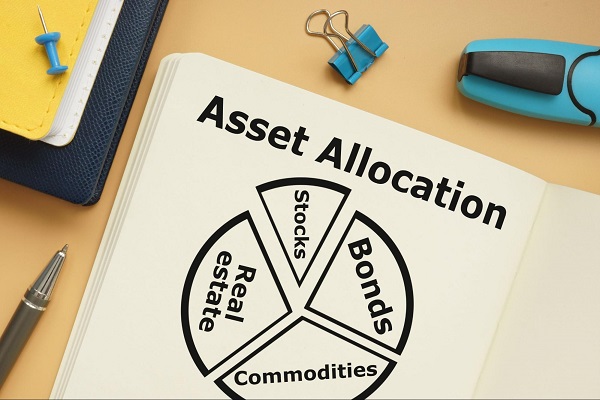
Therefore, investment is an art, so asset allocation, needs to have ingenuity: research, material selection, and collocation, the same can not be less.
Research + selection: global asset allocation of Masters
What did Yale do?
If I tell you how I do global asset allocation at the beginning, I guess you don't believe it. After all, I'm not wet. There are indeed many asset allocation masters in the investment world, and the most famous and perhaps most familiar is the head of the Yale endowment: David Svenson. Under Mr. Svenson, the Yale endowment has yielded an annualized return of 12.1 percent over the past two decades. Mr. Svenson not only specialized in technology but also trained investors like Mr. Zhang Lei, founder of Hillhouse capital, in terms of talent.
Yale endowment fund focuses on investing in eight categories of assets, of which the most significant target position is an absolute return (25%), the second largest is venture capital (17%), and the third largest in foreign stocks (15.5%), which account for 57% of the total portfolio. Although Yale's endowment fund is the gold benchmark of asset allocation, it is complicated and challenging for most investors to invest in absolute return products and venture capital products.
These two products require a lot of expertise, coupled with a more extended lock-up period and higher administrative costs. If you don't have the same human and material resources as the Yale endowment, it's hard to choose a cheap and good product, and it may lead to costing you a lot of effort.
In the remaining 43% portfolio, there are leveraged buyouts (14%) and natural resources (7%), which are also problematic for most investors to achieve. Even professional asset managers or investment consultants rarely encounter helping clients invest in these two types of assets.
What most investors can do may be domestic stocks (4%), bonds and cash (7.5%), real estate (10%), and foreign stocks (15.5%).

(Writer:Dick)
